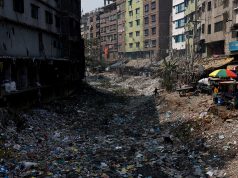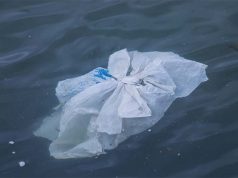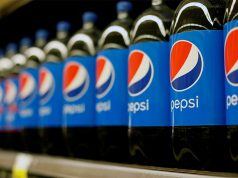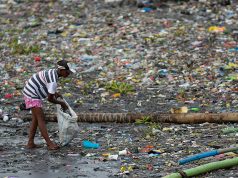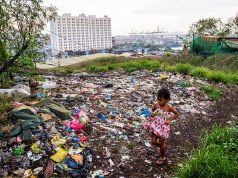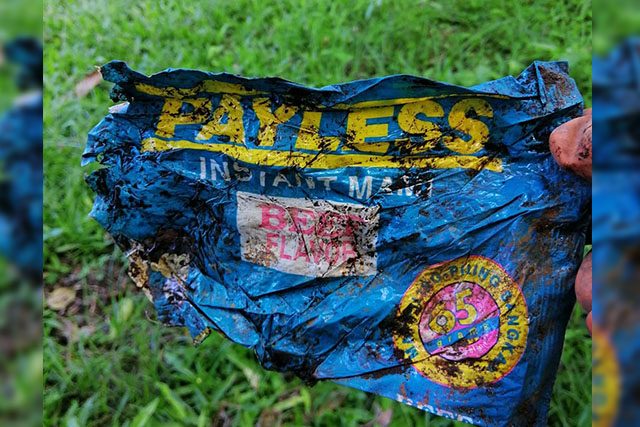
Concerns about plastic waste re-emerged when a social media user found out that wrappers of food and basic household necessities remain physically intact years after they were disposed of in a now-closed landfill.
Facebook user Rory Caguimbal narrated that he and his colleague conducted a “waste characterization study in one of the closed dumpsite or landfill” and discovered old plastic wrappers that were produced around “ten to twenty” years ago.
Part of Caguimbal’s caption reads:
“You see, even wastes can tell stories. While digging those sleeping wastes (for 10-20 years!), it is surprising that some of the wastes (mostly plastics) are very nostalgic and brings back memories!”
“But what struck me more are the facts that even after those years, their identity is still intact and they are barely degrading.”
“So what now? Do we wait till all our soils and waters are filled with plastics? Time to change our ways, folks!”
While some social media users exclaimed that seeing the old plastic wrappers triggered nostalgia, there were others who were more concerned about plastic decomposition and waste disposal.
“Proves that plastics are forever,” one Facebook user commented.
“So, in hundreds of years our mountains will be made of trashes (mostly plastics) na lang. Kawawa ang next generations. #TimeToChangeOurWays,” another user wrote.
What is a waste characterization study?
Rory Caguimbal shared that he found out about the old plastic wrappers after conducting a waste characterization study.
Waste characterization is defined by Republic Act 9003 or the “Ecological Solid Waste Management Act” as the “the identification of constituent materials which comprise solid waste generated and disposed of within an area.”
To simplify, it finds out how much paper and other kinds of wastes are discarded in a waste stream, according to California’s Department of Resources Recycling and Recovery.

Waste stream refers to the flow of waste material from its source up to the final disposal.
A waste characterization study is done when people need to plan how to reduce waste, set up recycling programs and conserve money and other resources.
The problem with plastics
Research suggests that disposable plastic products used in our everyday life can take over 400 years to decompose. Meanwhile, durable plastic items such as bottles, disposable diapers and beer holders can take up to 450 years.
Plastic bags have been in use for around 20 years, but they are one of the most harmful things to the environment because sea creatures have the tendency to ingest them, mistaking them as a food source.
Some of the sea creatures that are most vulnerable to plastic are endangered species like sea turtles, seals, sea lions, seabirds, fishes, whales and dolphins.
Plastics are generally made from a petroleum byproduct that makes it tough for them to break down, even if they are buried in a landfill. They belong in a high polymer family that has great molecular stability, hence the durability of their physical form.
“Unless the plastic is specially designed to decompose in the soil, such materials can last a very long time because the chemical bonds that hold the molecules together are often stronger than nature’s power to take them apart,” Coastal Care noted.
“This means that soil microorganisms that can easily attack and decompose things like wood and other formerly living materials cannot break the various kinds of strong bonds that are common to most plastics,” it added.
However, they can be broken down when exposed to the sun’s ultraviolet radiation, a process called photodegradation.
This process is not equivalent to decomposition since it only means that the plastic will break down into smaller pieces and will still be present in a landfill. — Featured photo from Rory Caguimbal via Facebook




